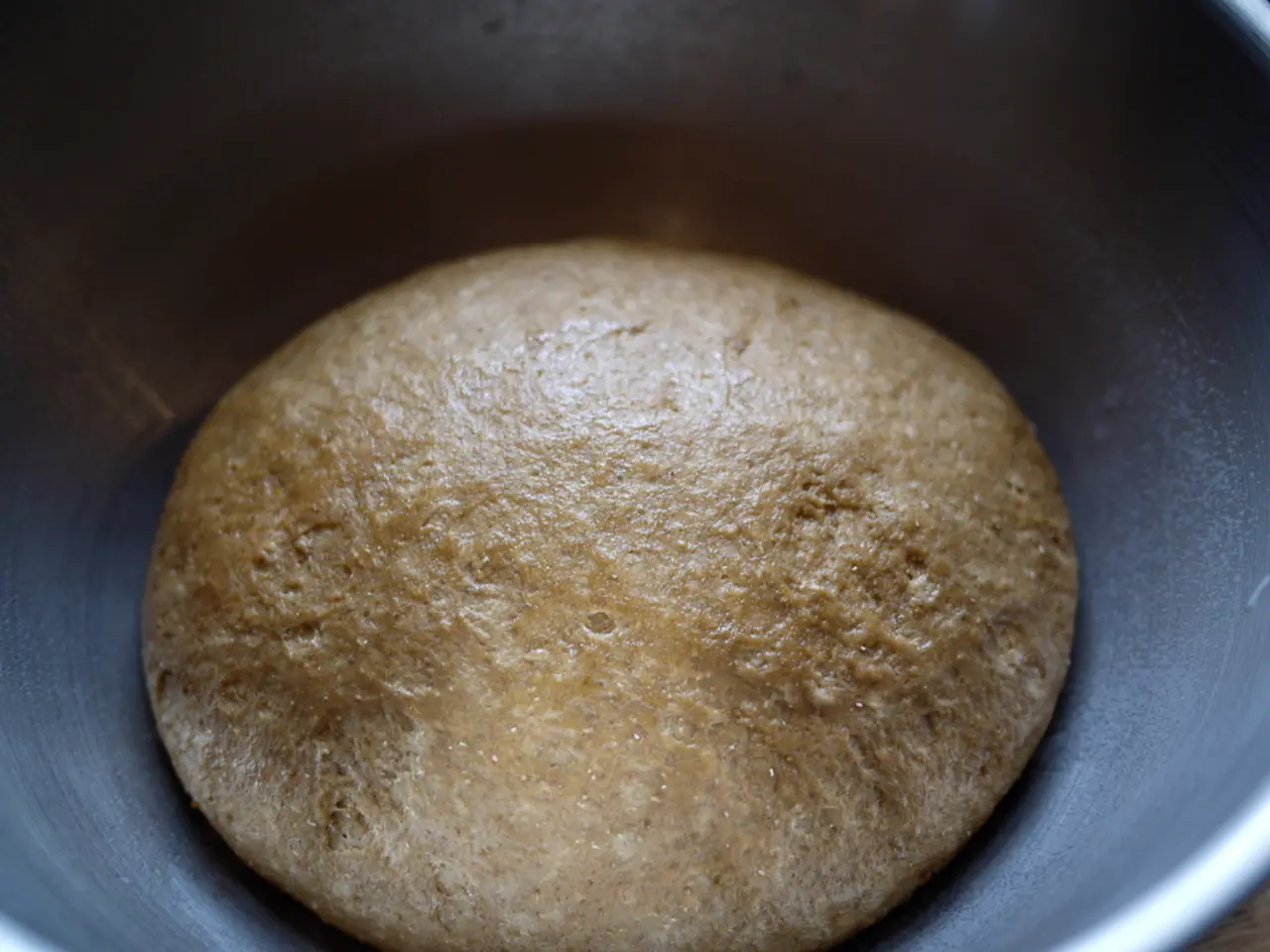Wheat in current times contains lower levels of essential nutrients
In a groundbreaking study, researchers from the Universities of Hohenheim and Mainz have discovered that modern wheat varieties contain less iron, zinc, magnesium, and calcium compared to varieties from 60 years ago. This finding sheds light on a global issue known as hidden hunger, which affects a large number of people worldwide.
The phenomenon of hidden hunger is characterised by a lack of trace elements like iron and zinc. Approximately two billion people worldwide, including those in industrialized nations, are micronutrient-deficient.
The researchers found that the mineral content in wheat is not solely dependent on climate and soil, but is also partly an inheritable characteristic of wheat. To investigate how much environmental conditions affect mineral content, they grew the varieties in up to eight different regions.
The primary goal in the breeding of wheat varieties has been to increase yields, enhance resistance to fungal diseases, and prevent lodging. As a result, the bran and germ, rich in minerals, are often separated in the mill and end up in animal feed because consumers do not prefer whole grain products.
However, the researchers argue that future wheat breeding should consider micronutrients, even if it results in slightly lower yields. Lead author Friedrich Longin emphasizes the importance of increasing the bio-availability of minerals through appropriate processing in the bakery, such as long fermentation times and the use of sourdough.
In Germany, whole grain products only have an 11% share of the bread market. Bread wheat varieties have also been bred for better baking properties, resulting in modern bread and rolls having more volume than older ones. However, more volume in baked goods does not equate to greater health benefits; it simply means there is more air in them.
The finding was based on an analysis of 282 wheat varieties registered between 1961 and 2020. Dietary habits must change, as minerals are primarily found in the outer layers of the grain, which are often removed in processing and end up in animal feed.
The researchers' work highlights the need for a shift in focus in wheat breeding, towards increasing the zinc and iron content in future wheat varieties, even if it means accepting a slight decline in yields. This could help combat the issue of hidden hunger and improve global nutrition.
Read also:
- Parliamentary Meetings in the Federal Diet of Germany this Week
- Hospital in Taos faces imminent closure due to looming federal budget reductions
- Proposal request for a worker radiation protection directive, addressing the risks associated with ionizing radiation exposure, put forth by the Commission.
- All individuals aged 75 and above to be incorporated in Respiratory Virus (RSV) prevention program, set to commence in September.





